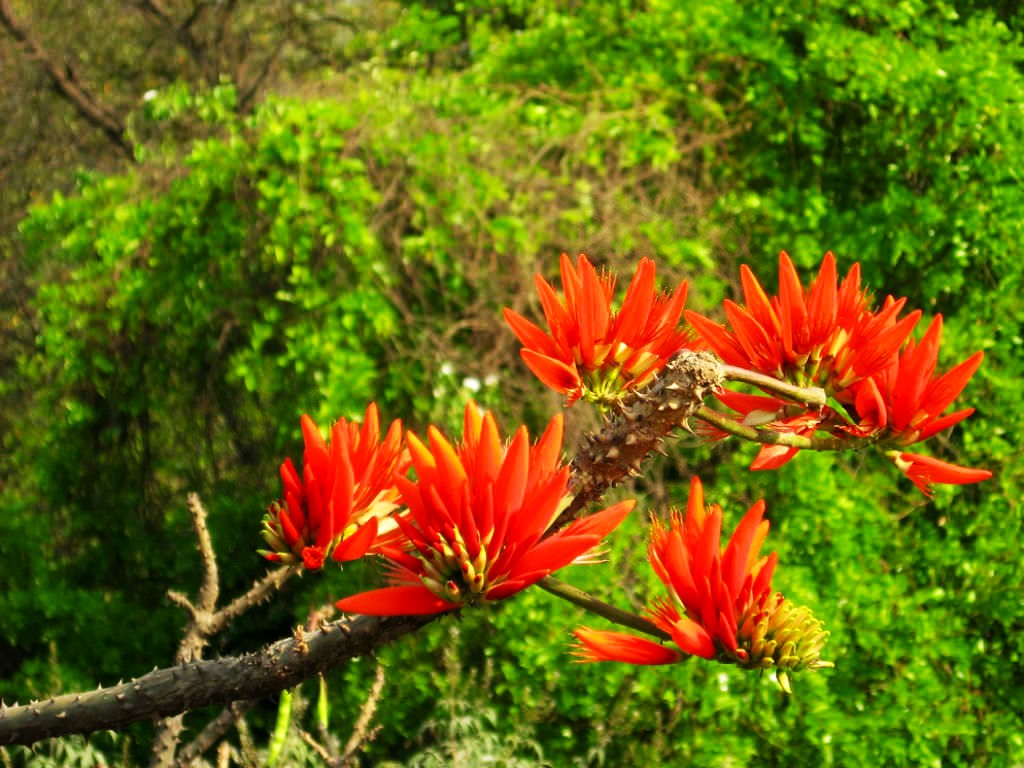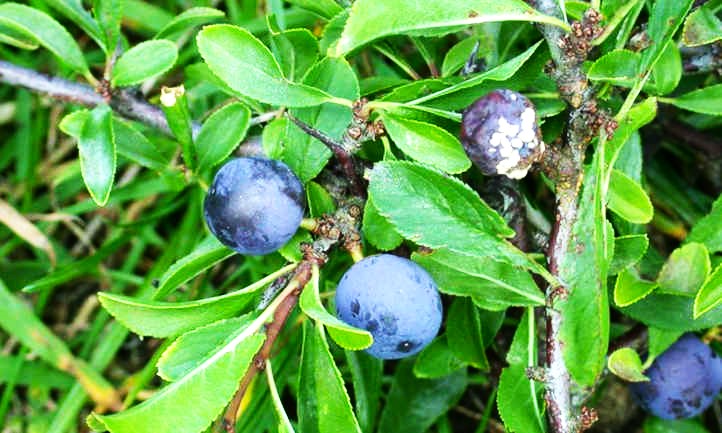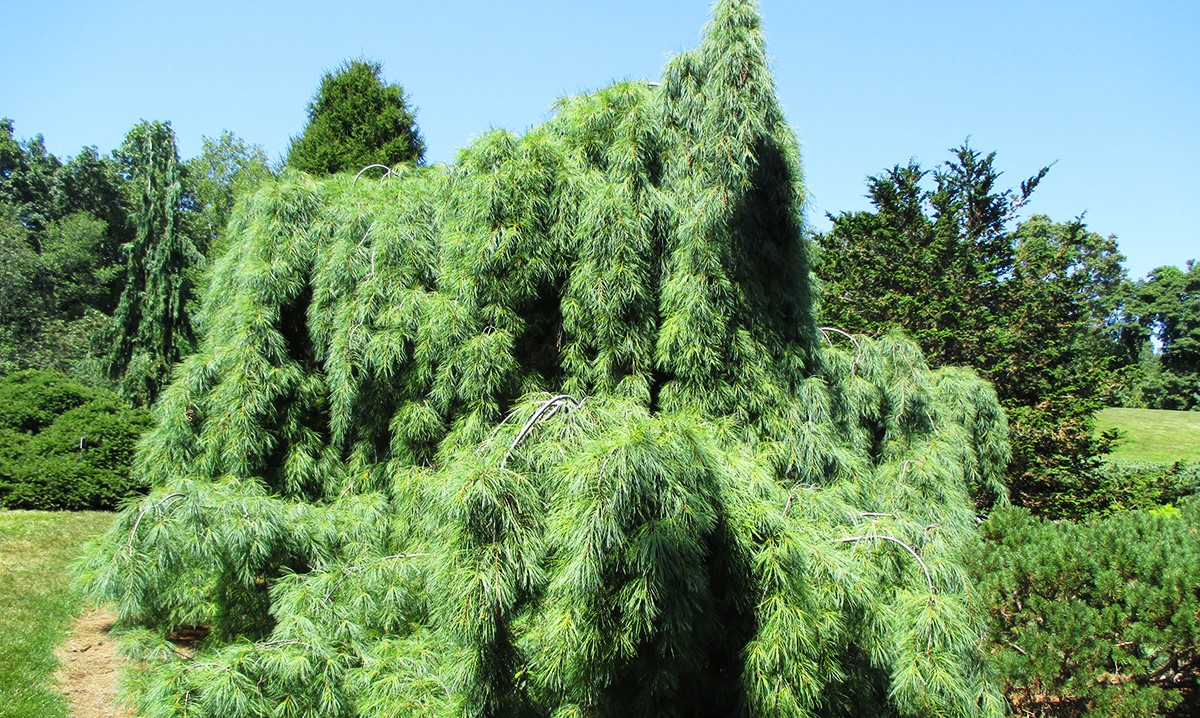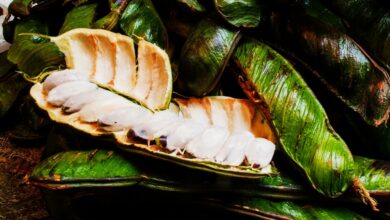Why Bradford Pear Trees Were Banned
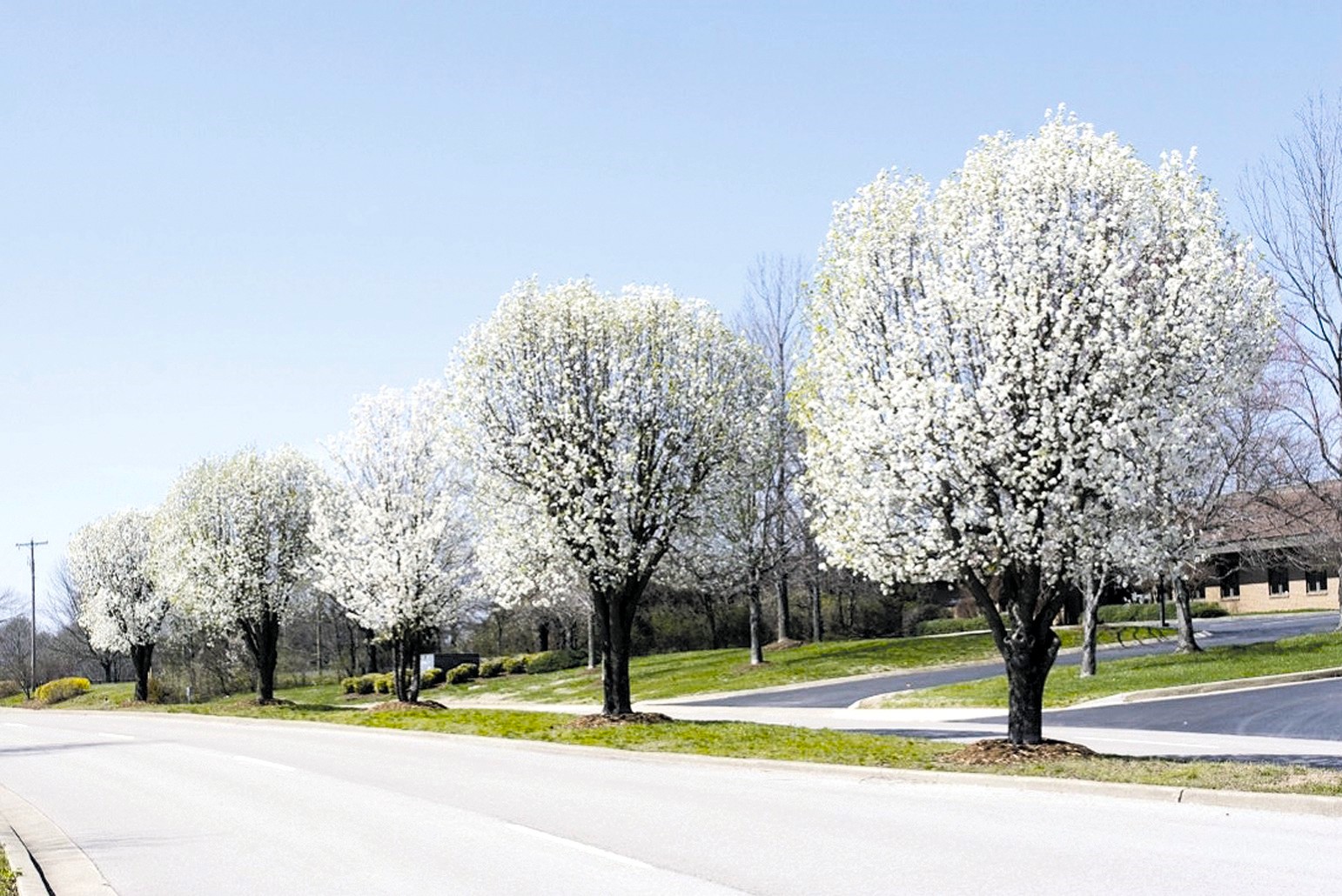
Did you hear?In Ohio, Bradford pear trees are no longer permitted. On January 1, 2023, residents of this state will no longer be able to buy, sell, or plant these ornamental trees. Many states are enacting bans on Bradford pear trees in a similar manner. What state will come next?
Issues with Bradford Pear Trees
Bradford pears (Pyrus calleryana), which are native to Asia, were brought to the United States in the early 20th century and quickly gained popularity as ornamentals. The fact that these quickly spreading trees were vulnerable to breaking in wind, ice, and rainstorms was not widely known at the time. Pruning every year to maintain a robust canopy became essential to stop this.
These trees also usually grow to be fairly large and have a short lifespan—the majority of them live for less than 25 years. However, a unique issue with Bradford pear trees was quickly identified by many homeowners.
Bradford pears bloom profusely with gorgeous white blossoms every spring. Despite being regarded as exquisite specimens for landscaping, the flowers gave off an odor that became widely recognized as the Bradford pear tree scent. Bradford pears, when in flower, give off an unpleasant scent best described as “fishy.”
Are Invasive Species Bradford Pear Trees?
Of course, a tree needs more than just foul-smelling flowers to be outlawed. Bradford pear trees were formerly believed to be an invasive species of Callery pear, but they are now classified as sterile cultivars. Bradford pear trees can cross-pollinate with other Pyrus calleryana cultivars and yield viable seeds, even though the flowers cannot self-pollinate.
A variety of birds and small animals eat the fruit, which is inedible by human standards. Next, the seeds are scattered to various locations. In contrast to the Bradford pear cultivar, which is multiplied through cloning, the trees that arise from the cross-pollinated seeds are armed with enormous thorns that harm machinery and hurt animals.
The progeny of Bradford pear trees are sometimes called Callery pears, and they are incredibly resilient and adaptable to a wide range of environments. Open fields, roadsides, and forests have all been overtaken by callery trees.
By doing this, the invasive progeny of Bradford pears drive out native species and leave little food for invertebrates. Consequently, fewer caterpillars are available for birds to use as food for their young. As it goes up the food chain, this has a snowball effect that reduces biodiversity.
Bradford Pear Tree Prohibition
One strategy to stop Bradford pear trees from spreading wild is to outlaw their planting, propagation, and sale. Nevertheless, it took five years for the 2018 legislation to become operative in Ohio. What caused the hold-up?
In contrast to other invasive species like multiflora rose and Canada thistle, Bradford pear tree sales were profitable for growers, landscapers, and nursery owners. Giving these Ohio companies a five-year window to cut back on and eventually phase out their stock of these trees helps shield the industry’s finances from dire straits.
Following Ohio’s example, Pennsylvania and South Carolina passed laws that forbid the sale of these trees in the future, with effective dates of February and October, 2024, respectively. Will these states be followed by others? Most likely.
A consumer-focused education campaign has already begun in Indiana. It is hoped that by drawing attention to the harm that Callery pears cause to the environment, nurseries will be incentivized to promote more environmentally friendly options and consumer demand will decline. Among them are:
- Hornbeam, American
- American Plum
- Darkgum
- Cherry
- chokecherry
- Redbud in the East
- Dogwood in bloom
- Hawthorne
- Serviceberry
- Yellowwood
Bradford trees that are already on Ohioan properties are grandfathered in, so owners are not required to remove them. Nonetheless, groups in Ohio and other states are offering free replacement trees as a means of encouraging the removal of Bradford pear trees.
It is advisable to inquire about the most recent Bradford Pear Bounty program details from your local extension office. It seems that knowledge of the numerous issues with Bradford pear trees has spread. Bounty programs had to be suspended in some areas because of the overwhelming community response.

